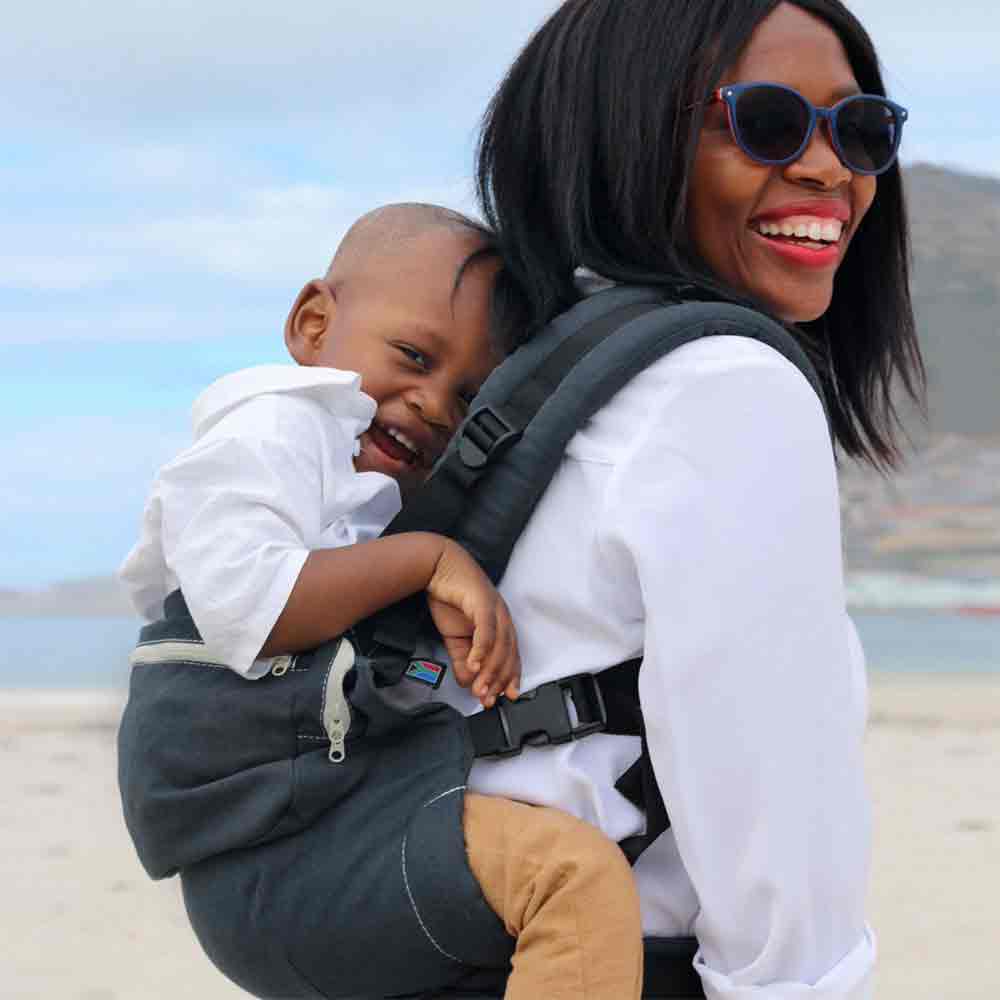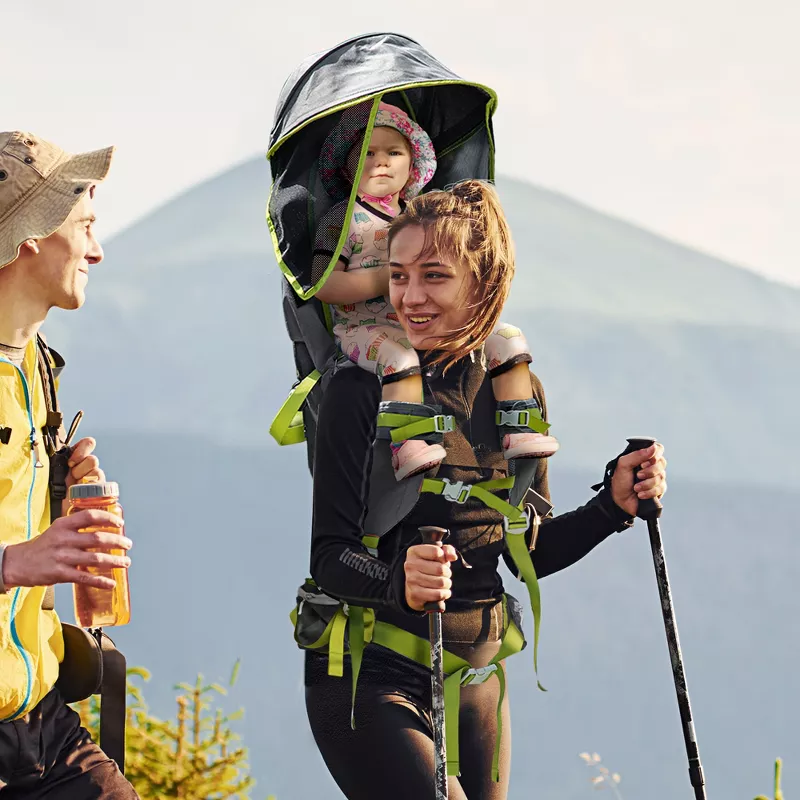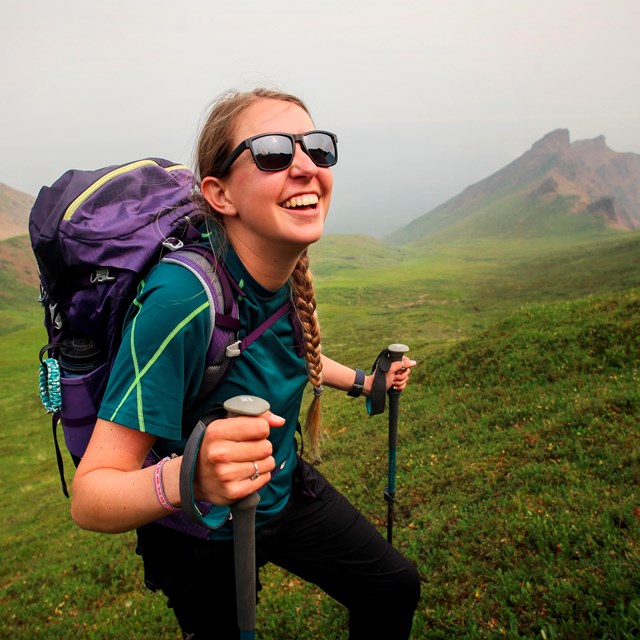Introduction
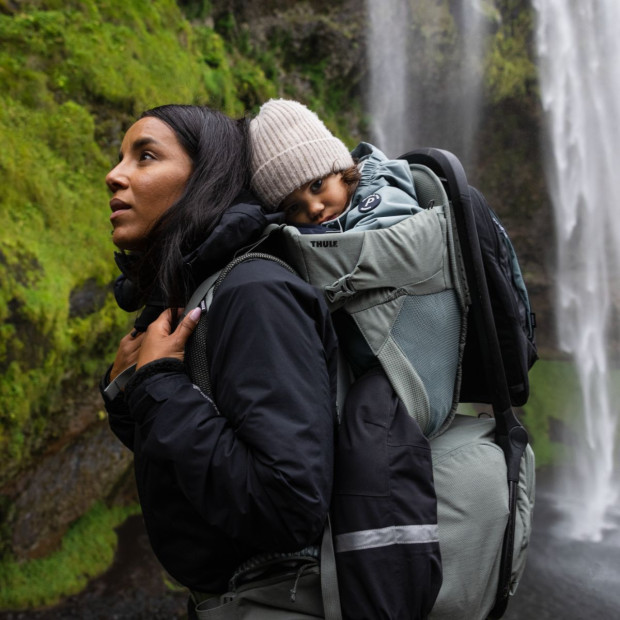
Hiking with a baby can be a rewarding and bonding experience for both parents and infants, allowing families to enjoy the great outdoors together. One of the most important considerations when hiking with a baby is the type of baby carrier to use. Choosing the right carrier is crucial for ensuring the safety, comfort, and enjoyment of the hiking experience for both the parent and the baby. In this article, we will explore the different types of baby carriers for hiking, including soft-structured carriers, framed carriers, and wrap carriers, to help parents make an informed decision for their outdoor adventures.
Choosing the Right Baby Carrier
Choosing the correct baby carrier is pivotal for ensuring a safe and comfortable hiking experience for both you and your little one. When engaged in outdoor activities like hiking, your baby’s carrier is more than just a piece of equipment; it becomes an essential part of your gear that can make or break your adventure.
Types of Baby Carriers Suitable for Hiking
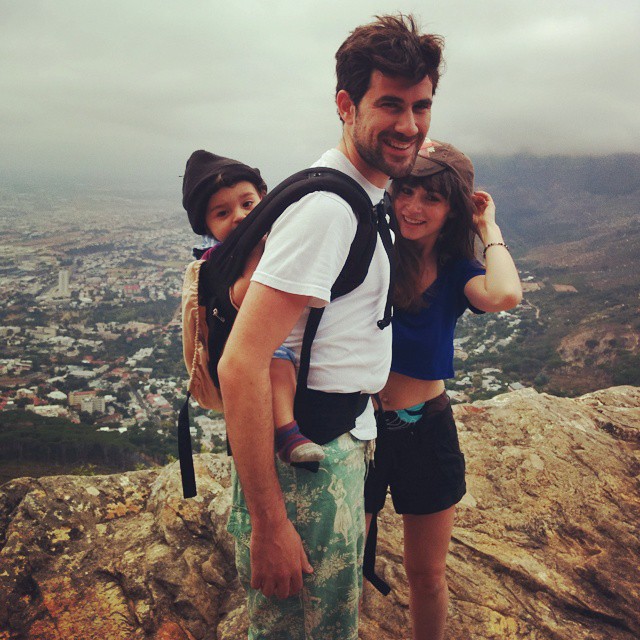
When it comes to baby carriers suitable for hiking, there are several types that parents may choose from, each varying in style and support.
- Wrap Carriers / Ring Slings: Ideal for newborns, these are made of long fabric that is wrapped around the body and secured with a knot or rings. They offer an even weight distribution and can be comfortable for lengthy treks.
- Soft-Structured Buckle Carriers: These carriers have padded shoulder and waist straps with buckles for quick fitting and removal. They often include helpful features like a built-in sunshade and are adjustable to fit various body types.
- Meh Dai (Mei Tai) Carriers: With a structure that includes shoulder and waist straps, these adjust easily to fit different body types and can be tied in various ways to adjust the position of the baby.
- Backpack Carriers: Suitable for older babies who can sit unassisted, these are similar to a backpack and have padded straps and additional fastenings for improved weight distribution, ideal for longer hikes.
When selecting a carrier, consider how it will fit both your body and your baby’s development stage. Experiment with different styles to determine what feels most comfortable for both you and your child.
Factors to Consider for Baby Carrier Comfort and Support
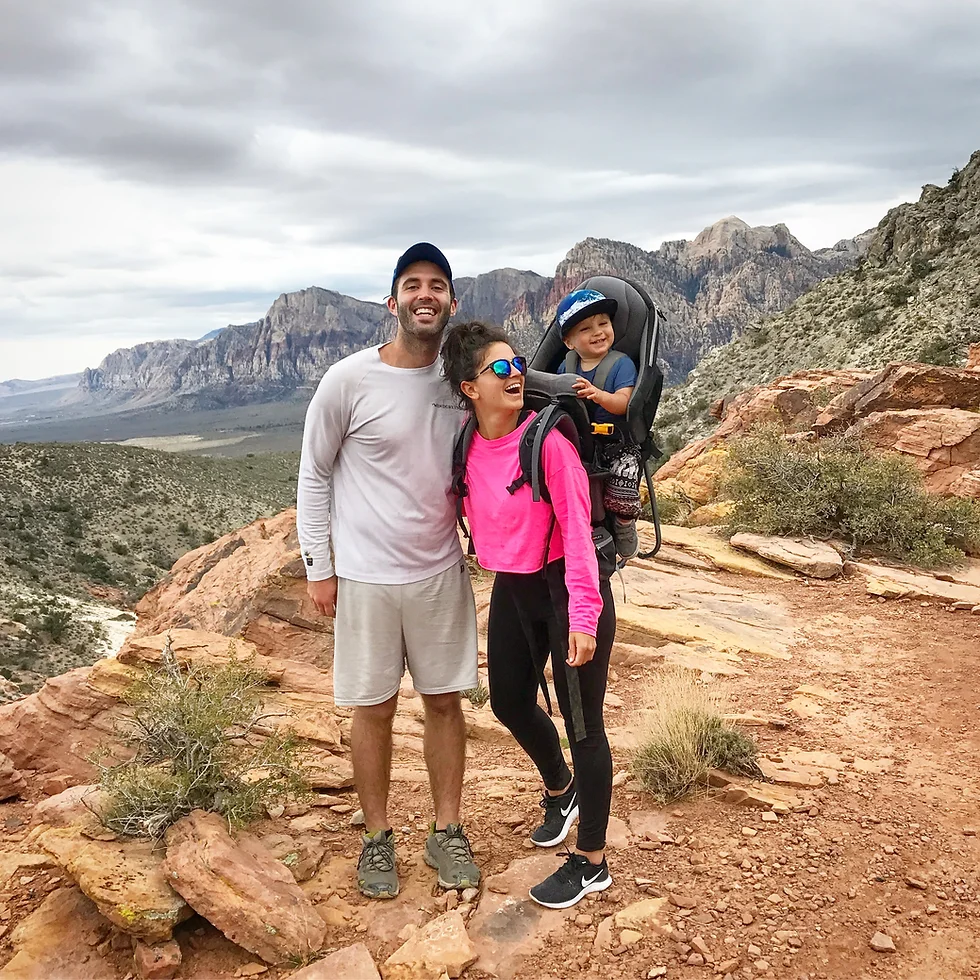
Comfort and support are crucial when hiking with a baby. Here are key factors to consider:
- Ergonomics: Ensure the carrier provides proper support for your baby’s head, neck, and back, as well as hip positioning to encourage healthy development.
- Parent’s Comfort: Look for carriers with adequate padding on the shoulder straps and waist belt to ease the burden on your own body.
- Weight Distribution: A good carrier should distribute your baby’s weight evenly across your hips and shoulders to prevent strain during the hike.
- Ease of Use: Consider how easily you can put on and take off the carrier, as well as how simple it is to adjust while on the move.
- Breathability: Opt for carriers made with breathable materials to prevent you or your baby from overheating, especially important on warm weather hikes.
- Storage: Some carriers come with pockets or storage solutions, allowing you to carry essentials like water, snacks, or a first-aid kit.
- Durability: Quality materials that withstand different weather conditions and terrain types are ideal for hiking.
By considering these factors, you’ll be well-equipped to choose a baby carrier that meets your hiking needs, ensuring that your little adventurer remains snug and secure while you both enjoy the wonders of the great outdoors. In the next section, we’ll talk about getting your hike ready through careful planning and packing.
Ready Your Hike: Planning and Packing
Embarking on a hiking trip with your baby can be an enriching experience for the entire family. However, proper planning and packing are key to ensuring a safe and enjoyable excursion for both you and your young companion. Before you set foot on the trail, there are several important considerations and preparations you need to make.
Importance of Weather Forecast and Trail Research
Prior to setting out on your hike, it’s critical to check the weather forecast. Unpredictable weather can pose a challenge, especially when you’re responsible for a baby’s well-being. Look for information on temperatures, precipitation, and any weather alerts that might impact your hike. Additionally, thorough trail research is vital. Understand the trail’s difficulty level, distance, and terrain to ensure it’s suitable for hiking with a baby. Take notes of the services along the trail, such as restrooms or shelters, as this will help in planning your breaks.
Checklist for Hiking Essentials for Baby and Parent
Perfect preparation is necessary for a successful hike with an infant. Here is a checklist covering both baby and parent essentials:
- Baby Carrier: Choose an appropriate baby carrier that offers comfort, support, and is suited to the hiking environment.
- Climate-Appropriate Clothing for Baby and Parent: Pack layers that are easy to add or remove, including waterproof and windproof gear.
- Diapers and Wipes: Bring enough for the trip duration plus extra for emergencies.
- Changing Pad: For comfortable and clean diaper changes on the go.
- Food and Drink: Pack plenty of water for both, and if your baby is on solids, bring nutritious and portable snacks.
- First Aid Kit: Include baby-specific items such as infant pain reliever and bandages.
- Sun Protection: A baby-safe sunscreen and a wide-brimmed hat to protect your infant from UV rays.
- Bug Spray: If applicable, bring baby-safe insect repellent to ward off pests.
- Comfort Items: Don’t forget your baby’s favorite blanket or toy to help soothe and entertain.
- Navigation Tools: A map, compass, or GPS device to stay on the correct path.
- Emergency Whistle and Light: For unexpected situations where you need to signal for help.
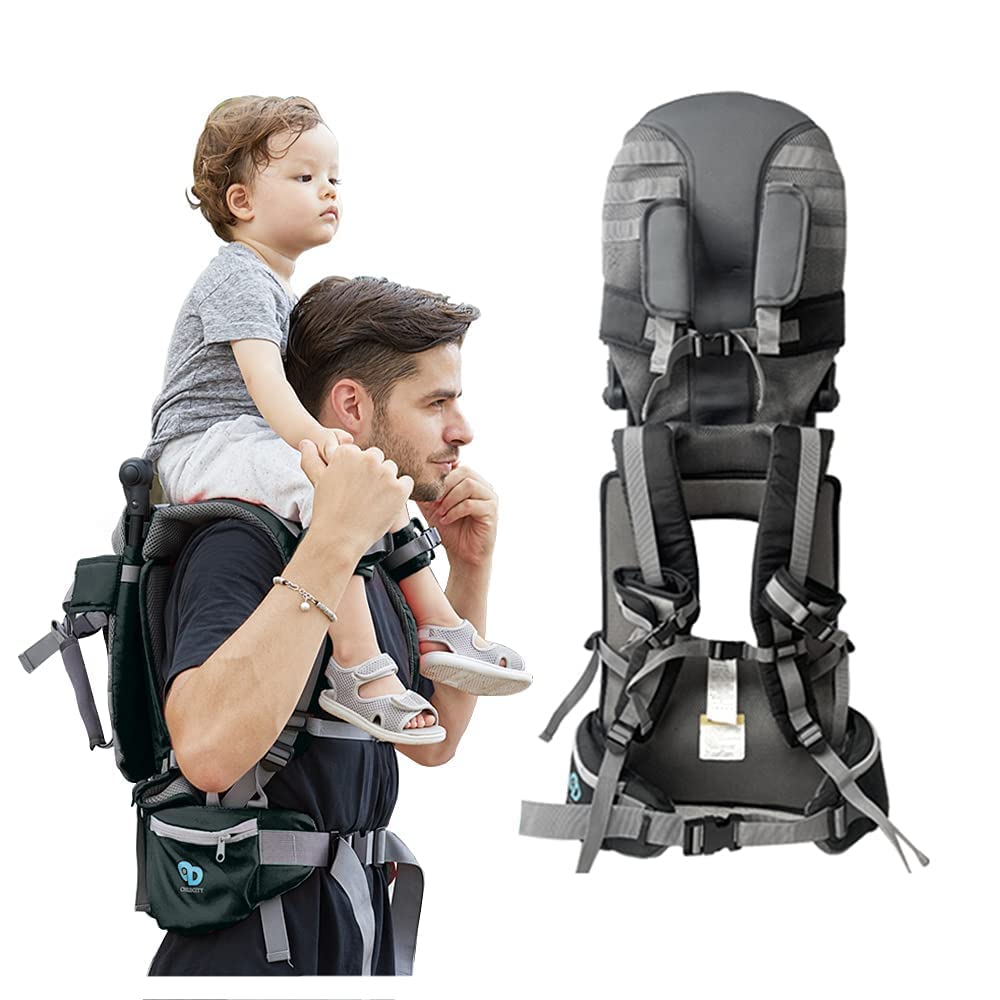
Thoroughly assessing what you need and checking items off this list will help ensure that you’ve covered all bases for a comfortable hiking journey. When you’re confident that you’ve planned appropriately and packed accordingly, you can look forward to a fantastic outdoor adventure with your little one.
Safety and Comfort on the Trail
Ensuring the safety and comfort of your baby during a hike is paramount. To achieve this, it’s essential to prioritize their needs and plan for various weather conditions and the itinerary of your hike.
Dressing the Baby for the Weather
To keep your baby comfortable throughout the hike, dressing them in layers is recommended. First, consider a moisture-wicking base layer to keep dampness away from their skin. Then, add an insulating layer for warmth. Finally, top it off with a wind- or waterproof jacket, which is vital for protection against sudden downpours or gusts. Hats and mittens should be at hand for colder climates, and breathable fabrics are ideal for warmer weather to prevent overheating. Always carry a spare set of clothes for your baby, as weather can be unpredictable, and accidents happen.
Sun Protection and Hydration for Babies
Exposure to the sun can be harsh on a baby’s delicate skin. If your baby is older than six months, apply baby-friendly sunscreen generously, and reapply every two hours or after swimming or sweating. A hat with a brim will provide shade for their face, and UV-protective clothing can offer an additional barrier against harmful rays. Hydration is equally important, especially if you are breastfeeding, as both you and the baby will require extra fluids. Ensure you bring enough water for both of you and consider a baby’s sippy cup if they’re at the appropriate age for one.
Managing Breaks and Baby’s Needs While Hiking
When out on the trail with your baby, regular breaks are necessary. Not only do they offer time for your baby to rest and get out of the carrier, but they also provide you with an opportunity to check on their well-being, change diapers, feed, and hydrate. Try to plan your breaks around your baby’s usual routine to keep them on a familiar schedule. Additionally, be prepared to stop off the planned breaks if your baby is showing signs of needing attention. Above all, listen to your baby’s cues and be willing to cut the hike short if they are uneasy, as their comfort and safety come first.
When planning to hike with your baby, having the right gear is crucial to ensure comfort and safety. Choosing the appropriate baby carrier, providing adequate protection from the elements, ensuring proper nourishment and hydration, addressing comfort and safety needs, engaging the baby with entertainment, and having essential gear for the parents is essential for a successful hiking trip. With the right equipment, parents can create a secure and enjoyable hiking experience for both themselves and their little ones.
